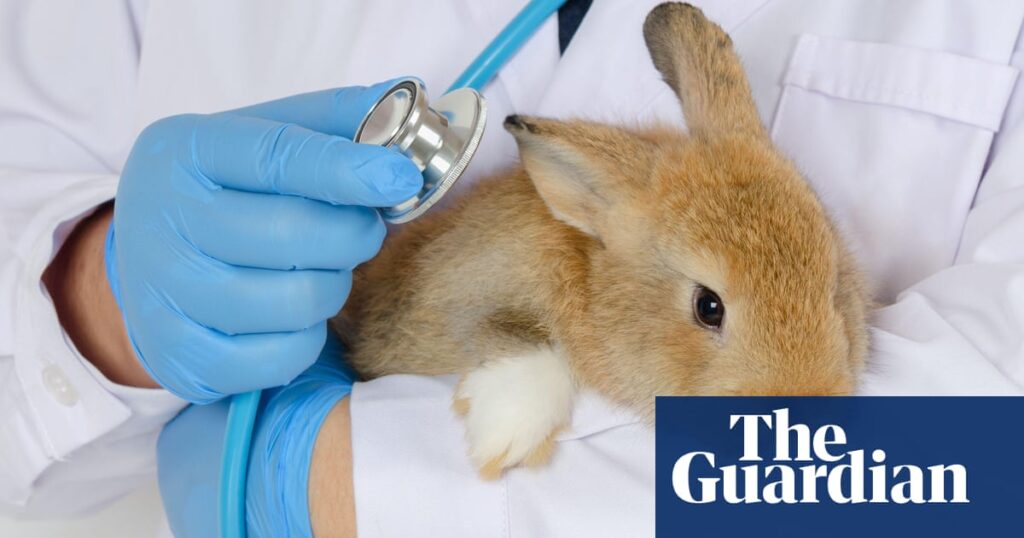The US Environmental Protection Agency is launching a new program to adopt some of its 20,000 lab animals in the wake of Trump administration plans to dramatically cut the regulator’s research arm.
The Public Employees for Environmental Responsibility (Peer) non-profit obtained and revealed an EPA document announcing the adoption program. The document announced adoptions for zebrafish and rats from an EPA lab in North Carolina.
It states: “Adopt love. Save a life. Our adoption program has been approved. Would you like to adopt?”
The move is part of the fallout from broad EPA cuts targeting toxicological and other basic research work that is largely being done by the agency’s office of research and development.
The office is being replaced with a much smaller “office of applied science and environmental solutions”, which, Peer wrote in a statement, is focused on shorter-term projects limited to “statutorily required functions” instead of long-term research.
The move is an “ill-advised scientific self-lobotomy”, said Kyla Bennett, science policy director with Peer and a former EPA attorney.
“Instead of developing a strategic plan for meeting its scientific needs, Trump’s EPA has decided to largely abandon scientific research except when it is specifically mandated by law, thus embracing some short-term savings to its long-term detriment,” Bennett said.
The EPA did not immediately respond to a request for comment.
The Trump administration is aiming to eliminate at least 1,000 EPA scientists, or approximately three-quarters of the office of research and development’s staff. The plan, however, is on hold as a legal battle plays out.
The agency uses rabbits, mice, rats and other animals primarily to test the safety of chemicals and other environmental pollutants.
During Trump’s first term, the EPA announced a plan to reduce animal testing by 30% by 2025 and end it altogether by 2035. The Biden EPA nixed those plans, and the agency now says it will not be bound by time limits, and is following “the best available science”, Bennett said.
Researchers use zebrafish to test for toxic effects of some chemicals and pollutants because of the “many similarities between the metabolism and physiological structures of zebrafish and humans, and the nervous system structure, blood-brain barrier function, and social behavior of zebrafish”, according to a peer-reviewed study.
Recent research looking into the toxic effects of common plastic chemicals and how they may disrupt humans’ circadian rhythm used zebrafish in the research.
The reduction in animal testing will “make EPA even more dependent on research from chemical companies, which is often framed to mask, rather than identify, potential health and environmental risks”, Bennett said.
She added that eliminating animal research would make it more difficult for the agency to evaluate the toxicological effect of complex chemicals with several thousand variations, like Pfas. It would also kill research that relies on lab animals to understand the long-term effects of pollutants, such as particulate matter.
“The EPA is abandoning its status as a premier scientific organization,” Bennett said.


